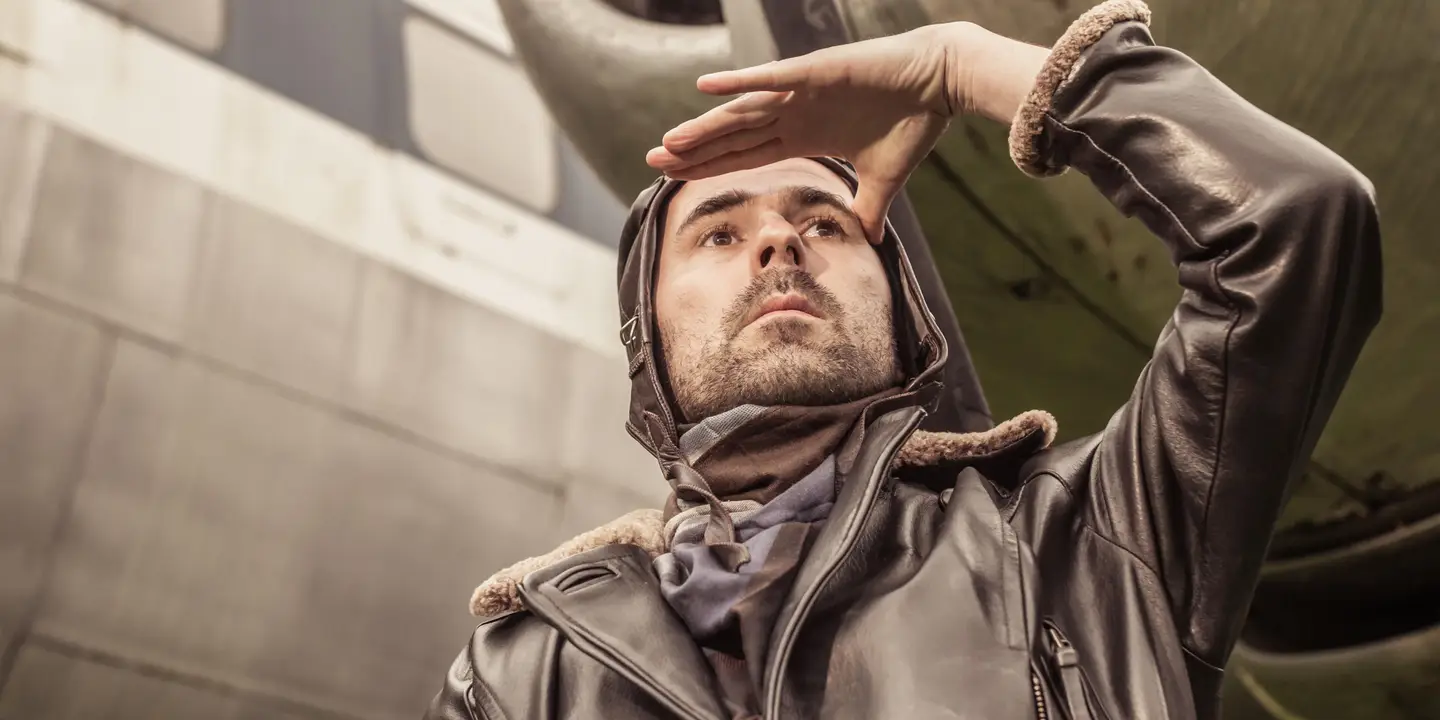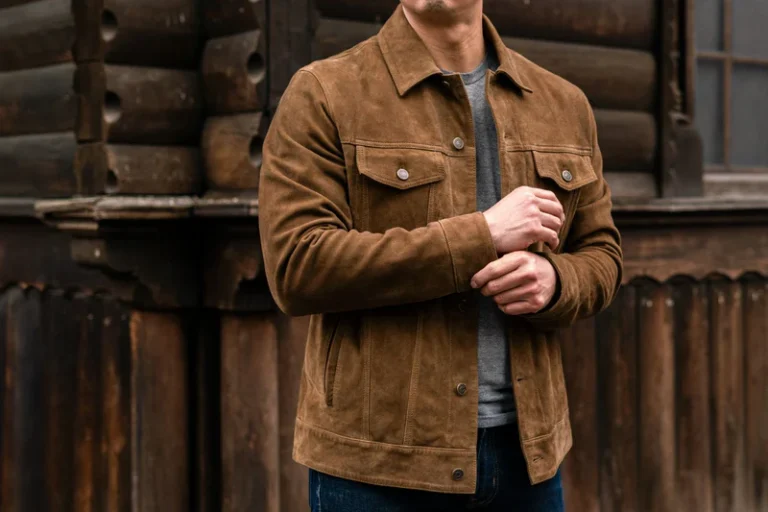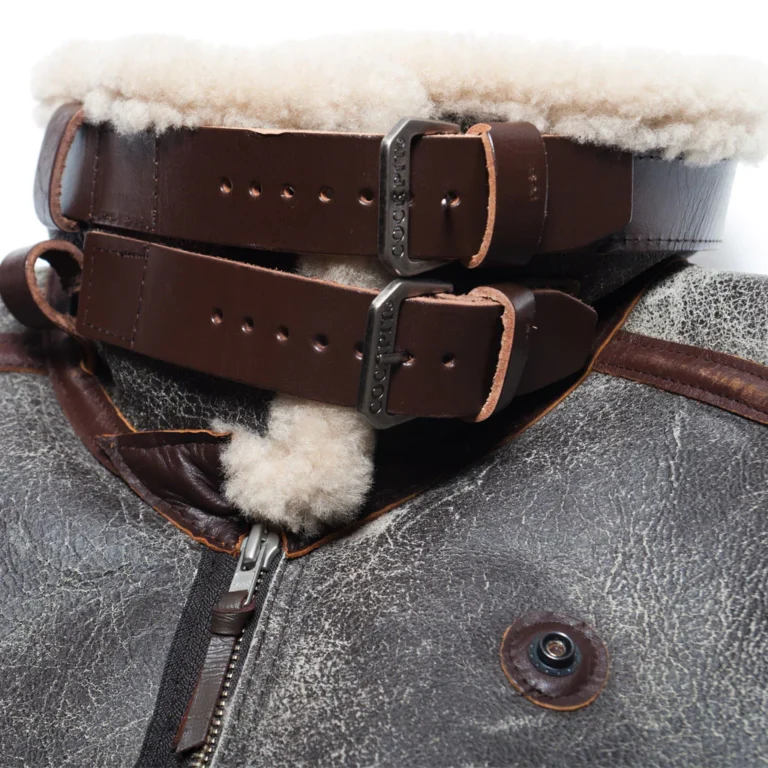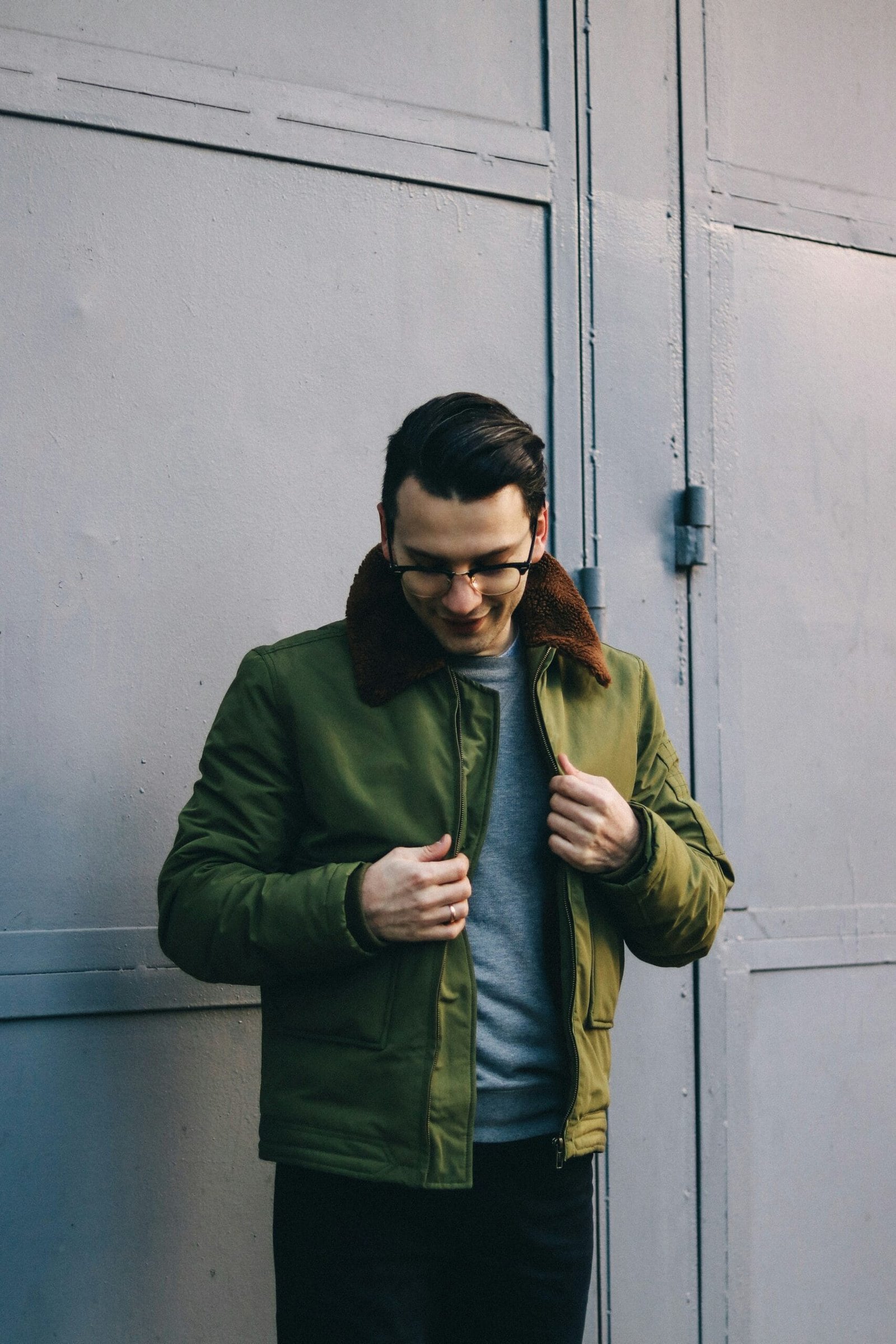Aviator Jacket vs Bomber Jacket
History and Origins
The aviator jacket and bomber jacket, two iconic outerwear pieces, both have roots deeply embedded in military history. Each jacket emerged from distinct historical contexts, initially designed to serve functional needs of military personnel, before transitioning into popular fashion items.
The aviator jacket, also known as the flight jacket, traces its origins back to World War I. During this time, the open cockpits of early aircraft necessitated a garment that could provide adequate warmth and protection for pilots exposed to the elements. The Royal Flying Corps in Belgium and France were among the first to adopt leather jackets lined with fleece, providing the necessary insulation. Notable figures like U.S. Army aviator Lieutenant John A. Macready, who wore his jacket during high-altitude flights, contributed to the jacket’s development and eventual standardization.
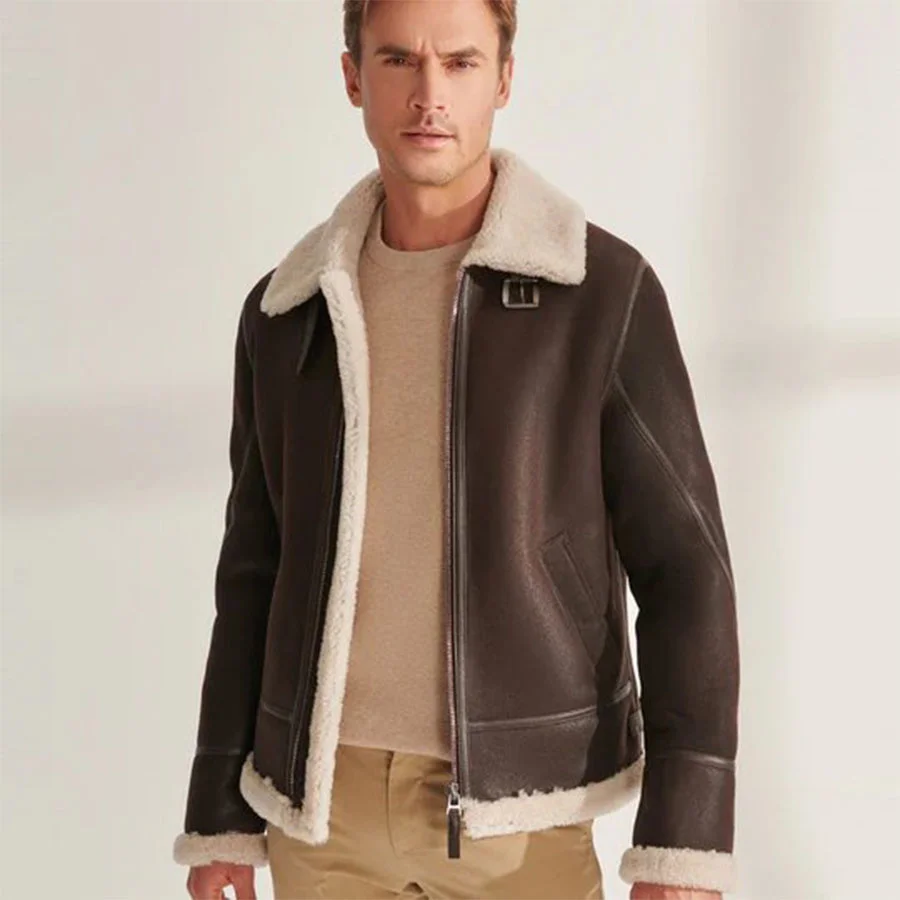
Conversely, the bomber jacket has its origins in World War II. As aviation technology advanced, the operational altitudes of military aircraft increased, which required even more effective protection against severe cold. This led to the creation of the B-3 bomber jacket, known for its shearling lining and durable leather exterior. The jacket’s design was critical for bomber crews fighting in the frigid high altitudes over Europe. Influential figures such as General Claire Chennault, who led the Flying Tigers, played a role in popularizing the bomber jacket through their wartime exploits.

As peace returned, both the aviator and bomber jackets began transitioning from military utility to civilian fashion. The durability and distinct style of these jackets made them appealing to the general populace. Hollywood also played a significant part in their popularization. Iconic performances by actors like Marlon Brando in “The Wild One” and Steve McQueen in “The Great Escape” solidified the bomber and aviator jackets as cultural staples. By the mid-20th century, these jackets had become synonymous with rugged masculinity and timeless fashion.
Design Features and Materials
When examining the design features and materials of the aviator jacket and the bomber jacket, distinct differences and similarities become apparent. Traditionally, the aviator jacket is constructed with heavy-duty materials like leather and sheepskin. One of its most distinguishing features is the shearling lining, which provides exceptional warmth. Additionally, the aviator jacket often includes a high wraparound collar designed to protect the wearer’s neck from harsh winds, making it ideal for high-altitude environments. The incorporation of multiple zipper details adds a functional aspect, establishing a rugged aesthetic that has transcended its original utilitarian purpose.
On the other hand, the bomber jacket, originally designed for military pilots, employs materials such as nylon and polyester, making it lighter and more versatile for various weather conditions. The bomber jacket’s hallmark elements include ribbed cuffs and hem, contributing to a snug fit that retains body heat. Its simplified structure, often featuring a minimalistic design with few embellishments, allows for greater mobility, which was essential for its original aviation use.
Both the aviator jacket and the bomber jacket were created to meet the functional needs of their respective users. For aviator pilots, the combination of durable materials and features like the shearling lining and high collar offered indispensable protection against extreme temperatures and high winds. Conversely, the bomber jacket’s lightweight, streamlined design catered to pilots who required ease of movement without sacrificing warmth.
In modern fashion, the design elements of these jackets have been adapted to suit contemporary tastes. For instance, the rugged aviator jacket has found its place in casual and streetwear fashion, while the sleek bomber jacket has become a staple in both casual and semi-formal wardrobes. Despite their differing origins, both jackets continue to draw on their functional roots, making them timeless pieces in the fashion world.

